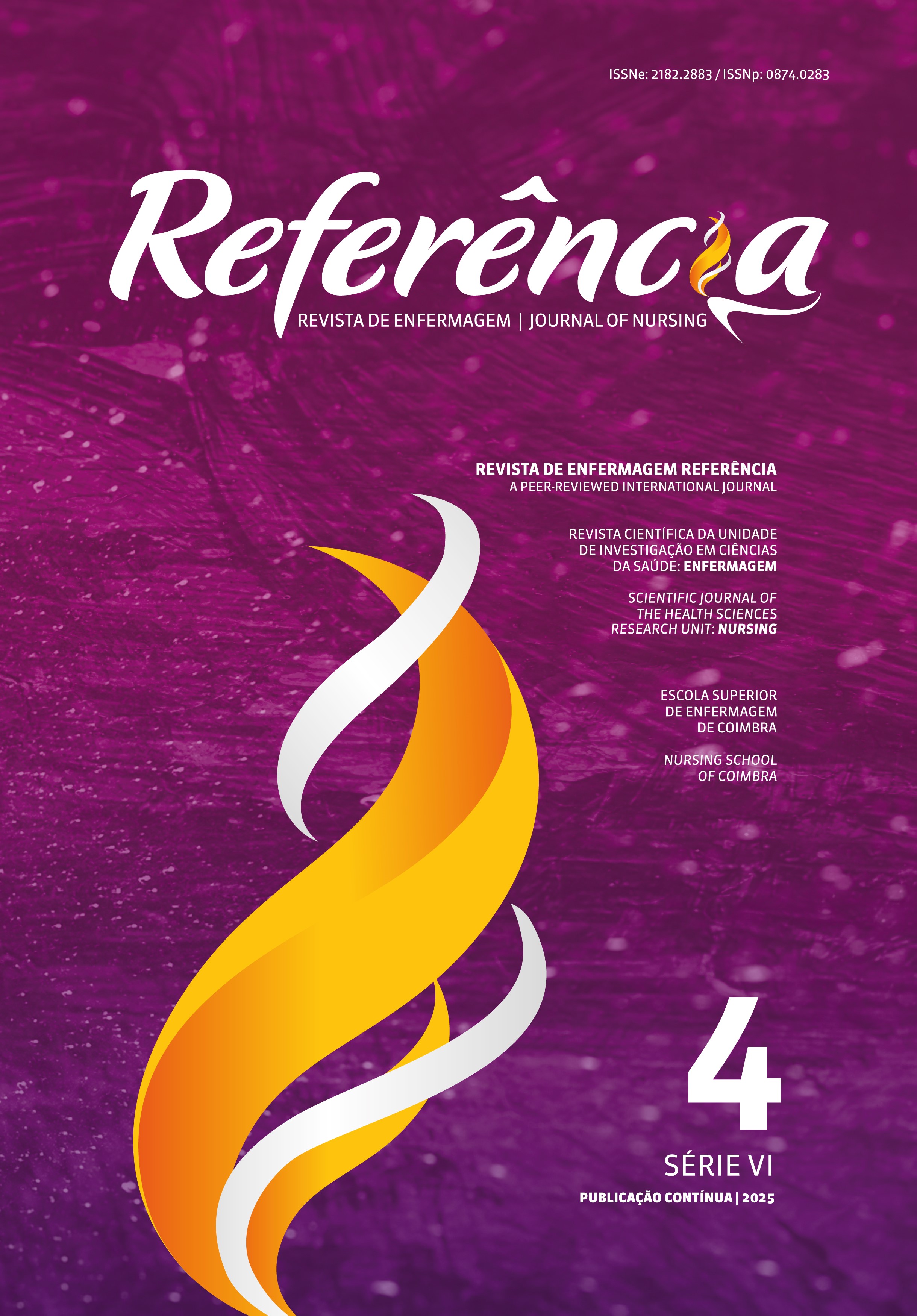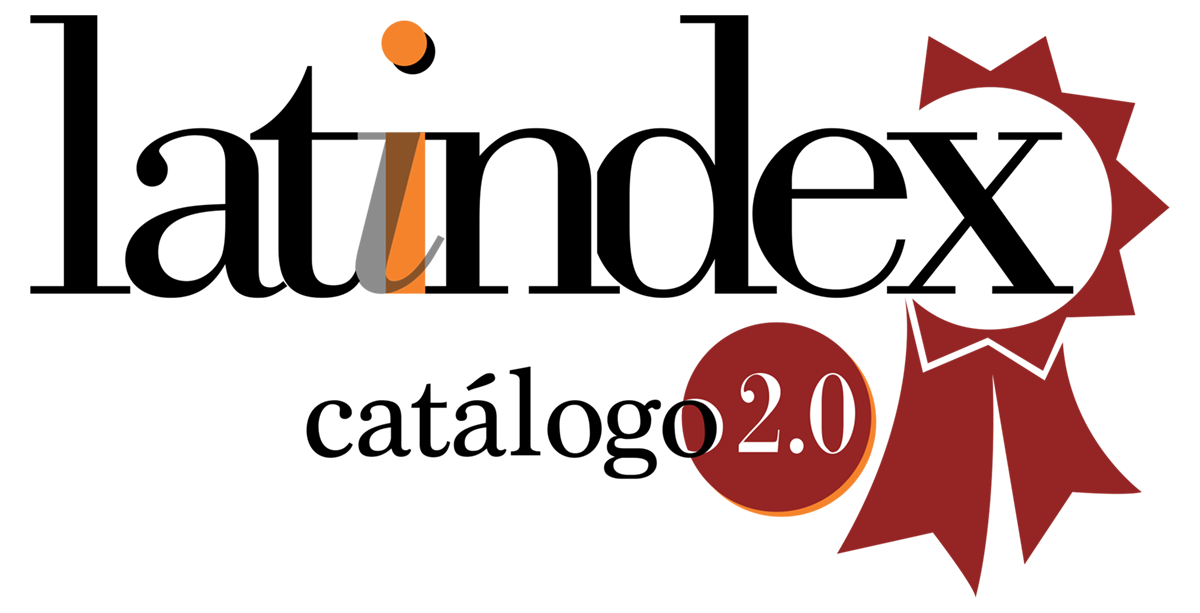Impacto e prevalência do assédio no trabalho no contexto de enfermagem em Portugal
DOI:
https://doi.org/10.12707/RVI22059Palavras-chave:
bullying laboral, enfermagem, cuidados de enfermagemResumo
Enquadramento: O assédio no trabalho é caracterizado pela repetição prolongada de condutas de agressão, efetuadas por um ou mais trabalhadores.
Objetivos: Avaliar a prevalência de assédio no trabalho, as causas e o impacto no bem-estar físico, mental, emocional e desempenho dos enfermeiros.
Metodologia: Estudo quantitativo, descritivo e correlacional com questionário online divulgado na newsletter da Ordem dos Enfermeiros. Utilizou-se a escala NAQ-R (Negative Act Questionnaire Revised) e obteve-se uma amostra de 2015 enfermeiros de instituições de saúde portuguesas.
Resultados: A prevalência de assédio no trabalho mediante os 3 critérios de avaliação foi de 46,40%, 28,88% e 22,53% subsequentemente. As principais causas de assédio identificadas foram: não ceder nem se deixar influenciar por chantagem ou servilismo e o solidarizar-se com os colegas de trabalho e o não ignorar a injustiça. O desempenho laboral de 73,33%, dos enfermeiros que percecionaram ser vítimas, foi comprometido.
Conclusão: O assédio afeta saúde física e mental de trabalhadores e organizações laborais, levando a absentismo, desempenho diminuído, relações deterioradas, perda de interesse e motivação.
Downloads
Referências
Araújo, M. S. (2010). Preditores individuais e organizacionais de bullying no local de trabalho [Tese de doutoramento, Escola de Psicologia, Universidade do Minho]. RepositóriUM: Repositório Institucional da Universidade do Minho. https://hdl.handle.net/1822/11041
Borges, E. M. (2012). Qualidade de vida relacionada com o trabalho: Stresse e violência psicológica nos enfermeiros [Tese de doutoramento, Instituto de Ciências da Saúde, Universidade Católica Portugue sa] Veritati: Repositório Institucional da Universidade Católica Portuguesa. http://hdl.handle.net/10400.14/18553
Duffy, M., & Sperry, L. (2014). Overcoming mobbing: A recovery guide for workplace aggression and bully. Oxford University Press.
Einarsen, S., Hoel, H., & Notelaers, G. (2009) Measuring exposure to bullying and harassment at work: Validity, factor structure and psychometric properties of the Negative Acts Questionnaire-Revised. Work Stress, 23(1), 24-44. https://doi.org/10.1080/02678370902815673
Einarsen, S., Hoel, H., Zapf, D., & Cooper, C. L. (2011). The concept of bullying and harassment at work: The european tradition. In S. Einarsen, H. Hoel, D. Zapf, & C. L. Cooper (Eds.), Bullying and harassment in the workplace: Developments in theory, research, and practice (pp. 3-39). CRC Press.
Fontes, K. B., & Carvalho, M. D. (2012). Variables involved in the perception of psychological harassment in the nursing work environment. Revista Latino-Americana de Enfermagem, 20(4), 761-768. https://doi.org/10.1590/S0104-11692012000400017
International Council of Nurses. (2017). Prevention and management of workplace violence (Position statement). https://www.icn.ch/sites/default/files/inlinefiles/PS_C_Prevention_mgmt_workplace_violence_0.pdf
International Labour Organization. (2016). Workplace stress: A collective challenge. https://www.ilo.org/safework/info/publications/WCMS_466547/lang--en/index.htm
João, A. L. (2013). Mobbing/agressão psicológica na profissão de enfermagem. Lusociência.
Korhan, E. A., Guler, E. K., Khorshid, L., & Eser, I. (2014). Mobbing experienced by nurses working in hospitals: An example of Turkey. International Journal of Caring Sciences, 7(2), 642-651. http://www.internationaljournalofcaringsciences.org/docs/31.%20Korhan-1.pdf
Maio, T. (2016). Bullying e engagement em enfermeiros [Dissertação de mestrado, Escola Superior de Enfermagem do Porto]. Repositório Comum. http://hdl.handle.net/10400.26/17531
Obeidat, R. F., Qan’ir, Y., & Turaani, H. (2018). The relationship between perceived competence and perceived workplace bullying among registered nurses: A cross sectional survey. International Journal of Nursing Studies 88, 71-78. https://doi.org/10.1016/j.ijnurstu.2018.08.012
Picakciefe, M., Acar, G., Colak, Z., & Kilic, I. (2017). The relationship between sociodemographic characteristics, work conditions, and level of “mobbing” of health workers in primary health care. Journal of Interpersonal Violence, 32(3), 373-398. https://doi.org/10.1177/0886260515586360
Saraiva, D. M., & Pinto, A. S. (2011). Mobbing em contexto de enfermagem. Revista de Enfermagem Referência, 3(5), 83-93. https://doi.org/10.12707/RIII1039
Rivera, J. (2005). El maltrato psicológico. Editorial Espasa Calpe.
Teixeira, D. L. (2015). Mobbing nos enfermeiros [Dissertação de mestrado, Escola Superior de Saúde de Viseu, Instituto Politécnico de Viseu]. Repositório Científico do Instituto Politécnico de Viseu. http://hdl.handle.net/10400.19/3225
Ventura, H. N., Fonseca, L. C., Costa, S. F., Batista P. S., Zaccara, A. L., & Alvarenga, J. P. (2012). Moral harassment in the workplace: Assistance nurses’ speech. Journal of Nursing UFPE, 6(11), 2672-2678. https://periodicos.ufpe.br/revistas/revistaenfermagem/article/viewFile/7634/7580
Wilson, J. L. (2016). An exploration of bullying behaviours in nursing: A review of the literature. British Journal of Nursing, 25(6), 303-306. https://doi.org/10.12968/bjon.2016.25.6.303
Yildirim, D. (2009). Bullying among nurses and its effects. International Nursing Review 56(4), 504-511. https://doi.org/10.1111/j.1466-7657.2009.00745.x






















